The Yulong Asura was kindly provided free of charge in exchange for an honest review. I didn’t receive monetary or any other kind of compensation and I don’t use affiliate links. The price of the Yulong Asura is $1299 and you can buy it from Shenzhen Audio.
Yulong Audio
Yulong Audio is a Chinese brand that manufactures high-end audio gear, specializing in all-in-one products for home use. This is not a brand that makes one device after the other, their catalog includes only a few selected products. Like their entry level model the Yulong Aurora or the brand new Asura that is being tested in this article.

Yulong Asura / Technical highlights
The Yulong Asura is an all-in-one audio device that integrates a DAC, a network streamer, a headphone amplifier and a preamplifier under the same hood. The headphone amplifier and the preamplifier are discrete designs made with transistors rather than using op-amps.
The decoding is assigned to the flagship AK4499EX + AK4191 DAC chip combo by AKM which is powered by a ADM7150 low voltage regulator. The Asura runs a custom developed FPGA software that greatly enhances the quality of the digital signal. Input signals are processed by two femtosecond crystal oscillators with dual or single, user selectable, clock modes.
The fast USB interface supports sampling rates up to DSD1024 and 32bit/1536kHz PCM, the coaxial input is limited to 24bit/384kHz and DSD128 while the network and optical inputs to 24bit/192kHz and DSD64.
The Asura has a linear power supply that is based on a 50W toroidal transformer by Noratel. Furthermore local DC-DC, regulated power supplies are used for all the critical parts of the circuit.
You can read more about the Yulong Asura by clicking here.
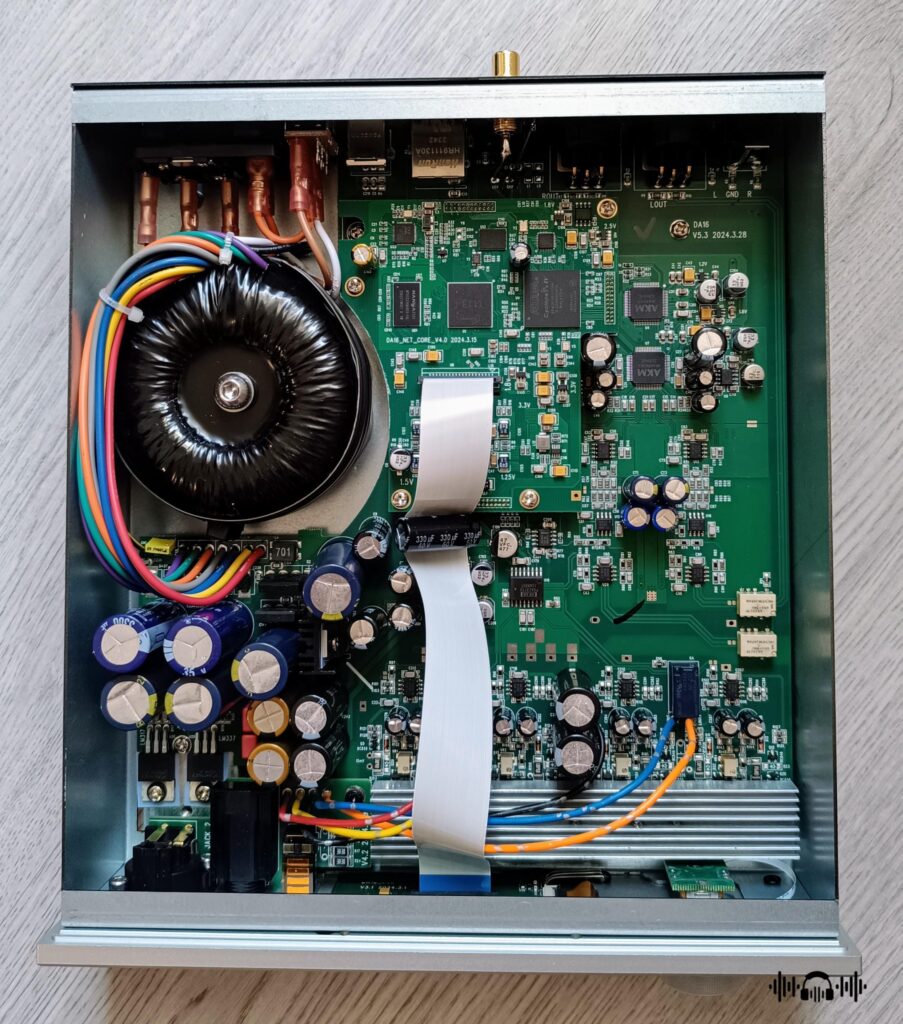
The three operation modes
The Yulong Asura supports three operation modes:
Pure DAC mode
This is a pure decoding mode where headphone amplifier and volume control are disabled so the signal is directly output by the decoder. The DAC function is suitable for connecting to headphones or integrated amplifiers and powered monitors with their own volume control. The output level of the DAC is fixed at 3V for the single ended and 6V for the balanced XLR outputs. The output voltage is larger than the industry 4V standard so you must be careful during gear matching to avoid potential overdrive of the input.
Headphone amplifier mode
The headphone amplifier of the Yulong Asura is a fully balanced, discrete design that works in pure class A mode and is capable of producing 5W/32Ω, plenty of power to drive most headphones. 4-pin XLR and 4.4mm balanced outputs, as well as 6.35mm single ended are included for added versatility.
The headphone amplifier doesn’t have a gain setting, however the analog volume control is digitally adjusted in 99 steps within 1dB increments. This way you can achieve perfect matching with various loads, even sensitive ones, without the risk of getting loud too fast. Channel balance is also excellent even at the lowest setting of the volume.
The amplifier is powerful and can drive most headphones on the market, even difficult ones like the Hifiman Susvara or the Hifiman HE1000 Stealth and the Sennheiser HD660S2 that I have mostly used during the review. Noise floor is exceptionally low so you can use relatively sensitive earphones like the FiiO FA19. The class A working amplifier produces some heat so it is better to place the Asura in a well ventilated area.
Preamplifier mode
In this mode the internal signal passes through a discrete, high current preamp allowing the device to be connected with power amplifiers or powered monitors without their own volume control. This is a high quality preamp with a maximum output level of 6V for the RCA and 12V for the XLR plugs.
The audio performance is exceptional thanks to the outstanding transparency of the preamplifier that doesn’t add any sound color of its own and lets you enjoy the sonic qualities of the DAC without any further processing of the sound.
The Network streamer
The embedded network streamer is based on a dual-core CPU board with 512Mb of RAM and a gigabit network port, running a proprietary operating system based on Linux. Furthermore the Asura uses the slave I2S port of the CPU during internet streaming operations, whereas traditional internet streaming almost exclusively uses the master I2S port. When using the master I2S port, the master clock of the audio signal is provided by the internal clock of the CPU. The performance of this clock is subpar, so a major advantage of the slave I2S mode is that it uses the master clock signal generated by the synchronized local low noise audio oscillators assigned by the FPGA phase lock loop.
The streamer supports AirPlay, DLNA and Roon bridge music playback modes. Yulong hasn’t developed an Android application of its own so the best way to control music playback is to use the well known BubbleUPnP application that you can download on your Android phone. iPhone owners can use AirPlay to do the job.
The streamer was immediately recognized by the application without the need of further actions, it is fast and responsive without lagging. It supports bit-perfect playback but no Tidal or Spotify connect while gapless playback is erratic and doesn’t work very well.

Design and build quality
The Asura is a compact sized, low profile device that can easily fit in your desktop or a HiFi rack depending on the use scenario. The sturdy, full aluminum enclosure is exceptionally well made and is fitted with four anti-vibration feet. The Asura has a smooth matte finish that is available in black, silver and red colors.
The center part of the faceplate is occupied by the large, true color LCD screen that displays current playing status and allows access to the configuration menus. At the right side there is the aluminum, multifunction knob and at the left you can spot the three headphone outputs.
Connectivity
The Yulong Asura supports network streaming through a LAN port and includes USB, coaxial and optical digital inputs. The analog signal is delivered both on true balanced XLR and unbalanced RCA outputs that can be left connected simultaneously. The headphone amplifier supports true balanced 4-pin XLR and 4.4mm outputs as well as 6.35mm single ended.
Operation and user interface
The device is operated with the multifunction knob and the aid of the LCD screen that displays the configuration menus. A single press cycles through four fast access menus at the bottom of the screen where you can select the desired digital input, the output mode, low pass filter and clock working mode (single or dual). Long press the knob to enter the full configuration menu where you can perform various in-depth settings. During playback the screen can display either a retro-looking two channel VU-meter or a spectrogram or just leave it switched off.
Sharp eyed readers will have already spotted an infrared sensor next to the right side of the screen that is not pictured at promotion photos. The device doesn’t come with a remote control but the menu includes an IR setting with the options type A or B. I have tried various remote controls that I have in my disposal but none worked. So this remains a mystery that has to be solved in a future communication with Yulong Audio.

Listening impressions
The Yulong Asura has a high quality DAC section that offers exceptional audio performance characterized by a balanced sound signature that combines musicality with sonic fidelity and technicalities.
The sound is crystal clear and transparent with class leading definition and precision for the category, yet it remains rich and harmonious. The treble is well extended, a touch bright but not sharp or fatiguing and easily unveils all the hidden details that dwell in the depths of the recording without sounding analytical or sterile.
The Asura is tonally accurate with a natural and organic timbre that is free from digital noise. It packs great harmonic variety and sounds colorful and realistic, especially when it comes to its mid-range which is expressive and melodic.
The Yulong Asura has excellent resolution and full bodied yet refined textures throughout the whole frequency range. Technical performance is excellent for the category with fast transients and a bass that is tight and controlled, weighty and impactful with plenty of elasticity and free of any dryness.
The soundstage is 3D holographic and immersive, especially from the XLR outputs. Wide and spacious with satisfying depth layering, a solid center image and accurate positioning. The Asura is very capable and when combined with the right amplifier it can make your speakers disappear.
The preamplifier is impressively transparent and is doing its job without adding any sonic flavor of its own, guaranteeing that the audio characteristics of the DAC section remain unchanged. The headphone amplifier is also quite achromatic but it has the tendency to add a touch of extra spice in the treble making for a livelier and more energetic listening experience but without excessive brightness.
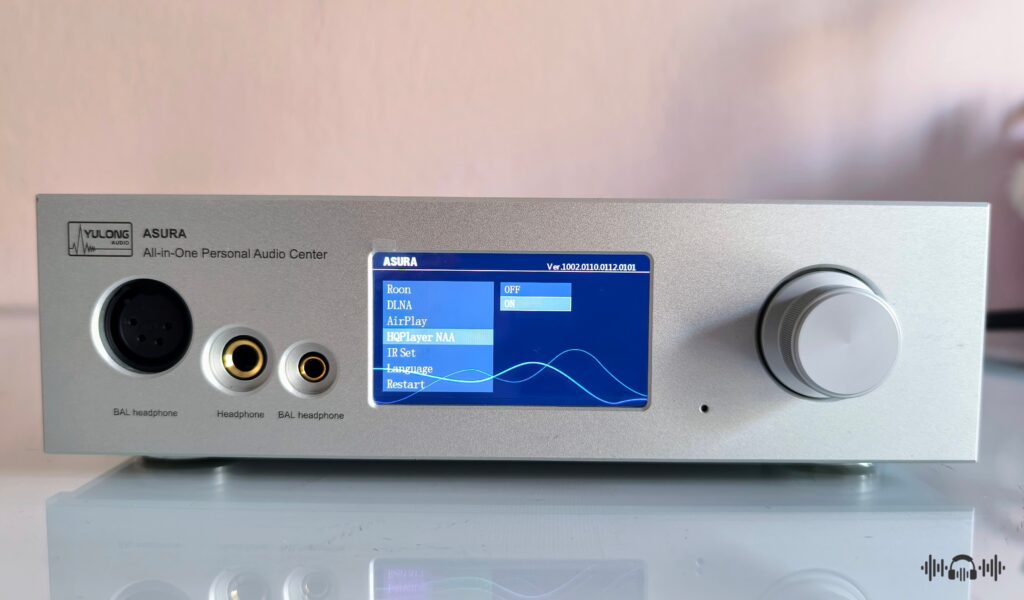
Vs the Hifiman Serenade
The HIFIMAN Serenade is another high quality, all-in-one device with an embedded network steamer that uses dual R-2R DAC modules to handle audio decoding instead of a D/S chip. Hifiman has lately lowered its price to $999 so it is $300 less expensive than the Asura.
Both of them are compact enough but the Asura is less bulky and more convenient for desktop use. Their only difference when it comes to connectivity options is that the Serenade has an extra RCA line input so it can be used as a standalone headphone amplifier.
The Asura offers more sound tweaking options, it has a larger color display and supports higher sampling rates. The headphone amplifier is 1000mW more powerful than that of the Serenade (5W/32Ω vs 4W/32Ω) and is also more silent when used with sensitive earphones. However, the network streamer of the Serenade is more capable as it supports Tidal connect and true gapless playback.
The Serenade is warmer sounding than the Asura and its timbre is more natural and lifelike. It has fuller textures and sounds more immersive and realistic but on the other hand it is not as transparent as the Asura which surpasses it in technical performance and precision. You can close the gap by upgrading the Serenade with the Hymalaya Pro Gold modules for $149 extra but still the Asura will have the slightest upper hand in technicalities but the upgraded Serenade will come very close while still retaining its more organic and analog-like sonic characteristics. They are both excellent for the category, well worth the asking price, and it comes to the end user to decide which sonic flavor suits him better.

In the end
The Yulong Asura is an excellent sounding all-in-one device that remains equally satisfying in all working modes and from its all outputs. It offers exceptional sonic performance at the right price, and it even includes a handy network streamer that enhances the overall value.
Compact sized and well made with a nice colour screen, the Yulong Asura is a great option for anyone looking for a desktop friendly all-in-one device with a sound signature that combines timbre realism with technical prowess in an overall audio quality that is well worth the price of admission.
Copyright – Petros Laskis 2024.
+ Neutral and balanced sound signature
+ Natural and realistic timbre
+ Excellent technical performance
+ Great transparency and fidelity
+ Lack of digital artificially or sterility
+ Immersive and holographic soundstage
+ Exceptional as a standalone DAC
+ Transparent preamplifier
+ Very powerful headphone amplifier
+ Excellent channel matching
+ Silent and noise free
+ Full colour LCD display with VU-meters
+ Network streamer
+ Plenty of inputs and outputs
+ Compact size and excellent build quality
- No remote control
- The DAC high voltage output needs careful matching
- Doesn't support Spotify or Tidal connect
- Gapless playback is not supported well
- No wireless connectivity and line level input



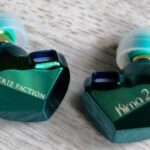

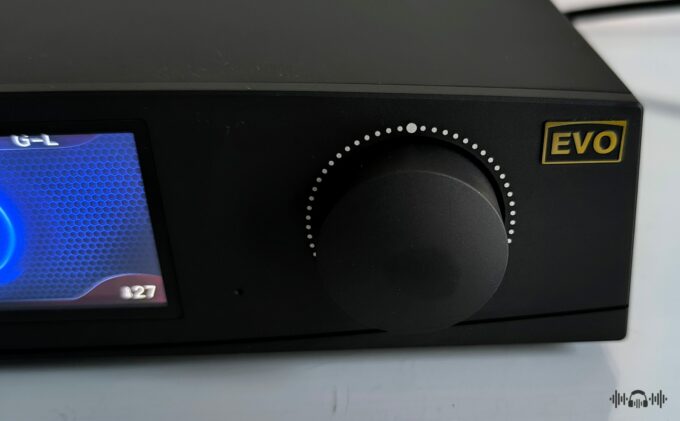



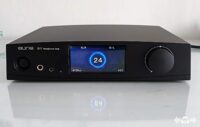

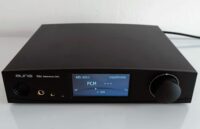
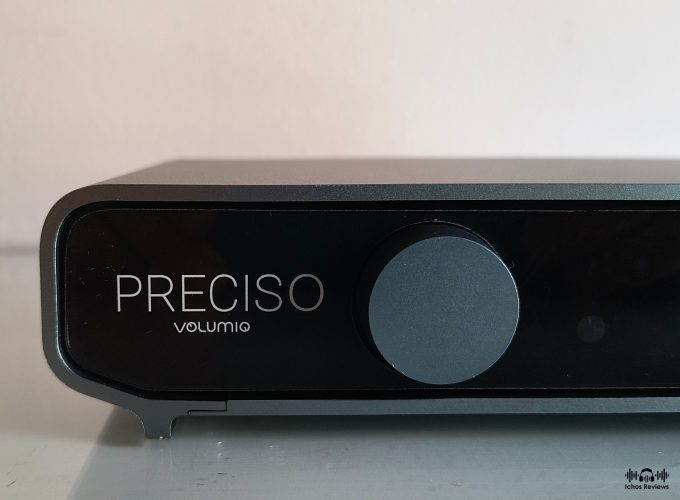
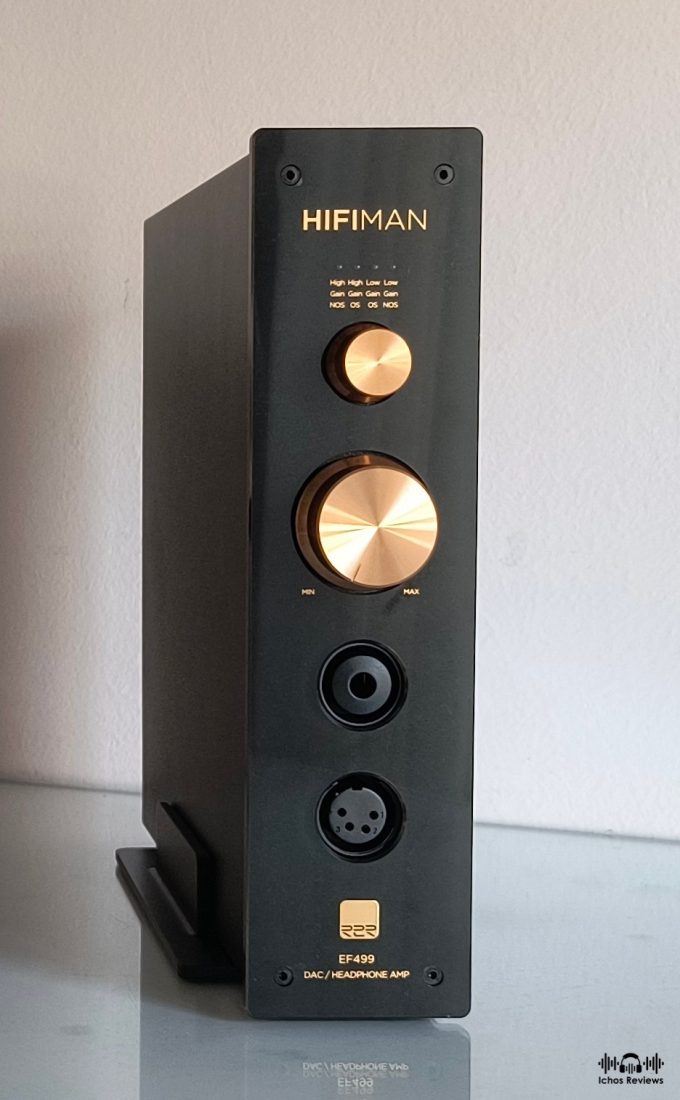
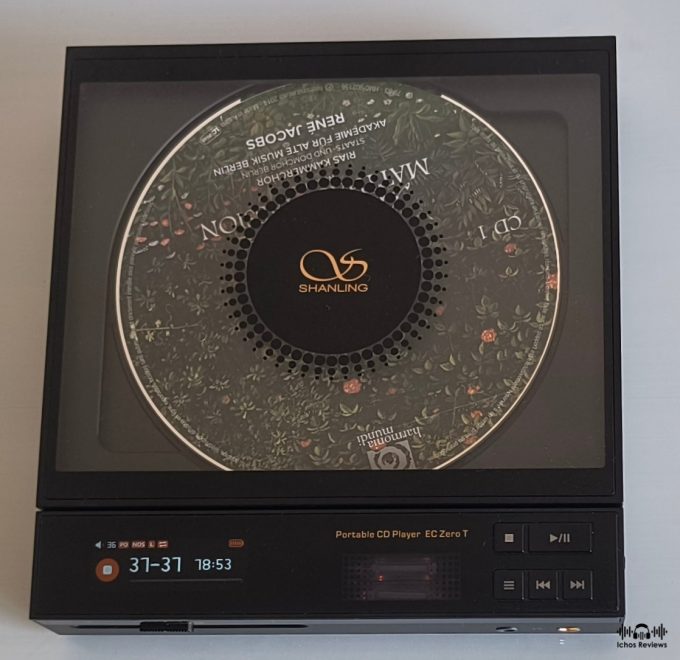

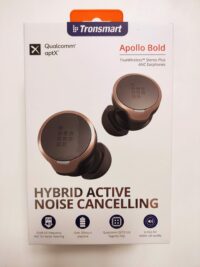
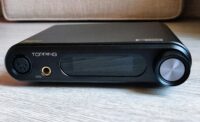



Leave a comment